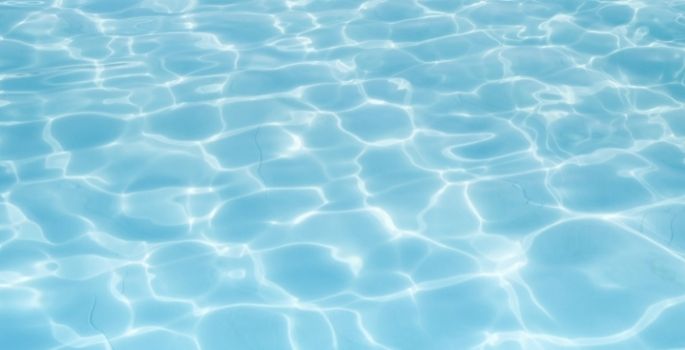Consumer Confidence Report
Consumer Confidence Report
The City operates a conjunctive use water system which includes raw and treated surface water supplies from PCWA and operation of four City-owned municipal wells. PCWA supplies up to 17 million gallons a day (MGD) of treated wholesale surface water to the City. PCWA surface water originates in the Sierra snow pack. The City wells produce up to 7 MGD of drinking water which requires only disinfection treatment and helps to efficiently manage its water system, especially during a potential outage by PCWA and in the event of drought.
The water quality report is available every July for the previous year.



